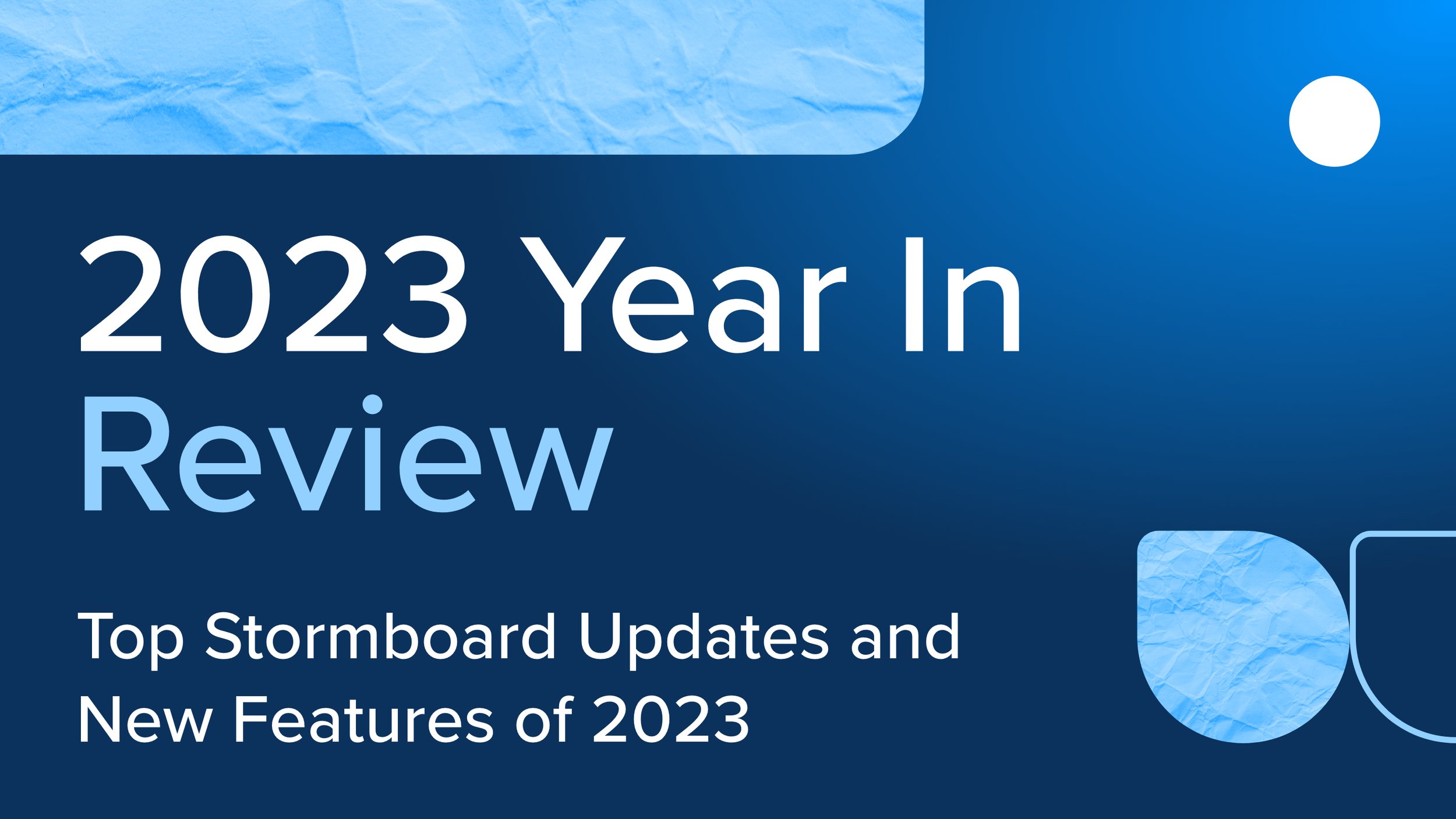How to Make New Software Implementation Easier for Your Business
Integrating new software into a company is no walk in the park, but innovation is necessary to adapt and comply with COVID restrictions, increase employee productivity, to keep systems up to date, and to stay ahead of the competition.
Unfortunately, implementing new software and getting employees on board can be a huge challenge — however, there are ways to make onboarding a more streamlined process.
Why is implementing software so difficult?
People hate change
Even though most people know that trying new things and being open-minded is a good thing, they are usually still resistant to anything they haven’t worked with before, or that they think will add work to their plate.New software requires training
Training takes time, effort, and (sometimes) money to be done properly. Companies don’t want to spend extra money, and employees dislike taking time out of their busy schedules to learn something from the ground up.Goals aren’t communicated
If your company doesn’t give a reason for starting to use new software, then you are less likely to want to commit to it. With no goal in mind, your team can see it as unnecessary rather than a useful tool.Getting everyone on the same page
Even if time is taken to train people, new software can be hard to roll out company-wide, especially for larger companies. This is a barrier for many organizations.It’s just too expensive
Many software programs have a cost associated with them, which can be daunting for companies who want new software integrated into their team but aren’t sure if it’s feasible.New tech can be scary
Some people are reluctant to try new technology. Even if they are open to change, they might be resistant to digitizing their work to new and complex platforms. This creates a barrier between team members who are good with new technology and those who aren’t.
10 ways to simplify the software implementation process
No matter what new software you are working with, running into issues here and there is inevitable. To combat this, identify and resolve problems as you go, rather than leaving them until later. Your team will want to know that the new software won’t be a headache for them down the line.
Make sure you know why you are choosing to get this new software for your company. Have a goal and reasons in mind for why this is going to help your team and improve the company overall. Employees won’t be open to trying something if they don’t think it’s going to improve their work — so let them know exactly why you chose it and how it will benefit all involved.
Training is essential when it comes to implementing new software. While training does take time, if done properly (and in an engaging manner), employees will enjoy the process. Start training as early as possible, answer employee’s questions along the way, and make sure all facets of the new software are covered. If there is no training, the software won’t be used properly, leading to employees possibly rejecting it.
Utilize anything that the software supplies to aid in the learning process. For example, if the new software you are using is Stormboard, employees have access to Stormboard Academy that will teach them everything they need to know to get started.
Gather a team of advocates together to be the experts on the new software. If there are one or two team members who learn the software ins and outs, they can show what they know to the rest of the team and make sure everyone is getting the most out of the product. Without someone (or multiple people) advocating for the software, it will seem like there is no passion or interest in it — causing other employees to not care or want to continue using it. It’s also a good idea to have an IT person who knows a lot about the software because they will probably be answering a lot of technical questions as training and implementation occurs.
Be transparent about the new software from the start, allowing each team member to know that you intend for it to be used at the company and that their opinion about It is valued.
Give the software some breathing room. Don’t try to implement something overnight, or even within a few days — that is too rushed for a full onboarding to take place. Have an idea in mind for how long it will take and adjust as necessary without restricting yourself or your team.
Follow up at the end of the training process to get a consensus from your team. After training has completed (or is nearing completion), the team should have an idea of how they feel about the software. Take the time as a team leader or product advocate to hear out your team members. Having open and honest feedback will hopefully give you a clear decision as to fully implement the software or not, or help you find a new angle to onboard more people.
If there are still some team members that aren’t sold on new software, remind them that implementing it will keep them ahead of the game when it comes to technology. If people are aware that they are “with-it” when it comes to tech, they may be swayed into keeping it around.
Make sure you implement ongoing training (even when the regular training is done). Chances are that the software you are implementing will have frequent updates, and team members may need to refresh their knowledge about it.
Your guide to implementing Stormboard
If you are looking for a visual collaboration solution for your remote meetings, Stormboard is exactly what you need! To make implementation as simple as possible, we have the following features available to our users.
Stormboard Academy
Quickly onboard your team, make the most out of your account, and become a Stormboard pro with Stormboard’s in-depth online courses. Academy is free with your Stormboard subscription. Learn more about the courses here.
Online Resources
Getting your team up and running takes careful planning, patience, and persistence. This website page is where you will find links to online resources, ebooks, and brochures that will introduce you to Stormboard, help you get started, and is the perfect onboarding tool to share with members of your team who are new to a digital workspace.
Tours
Tours can be found under the “Help” tab on your dashboard and while you are in a Storm (what we call your digital workspace). They give an overview of what the platform is, where/how it can be used, and the basics of creating and using a Storm.
Help Articles
Click “Help” at the top of the Stormboard website to access the Help Center — you can also access it by clicking the “Help” tab at the top of your screen when you are signed in to your account. This will lead you to documents that answer any questions you or your team might have about all the different aspects of Stormboard.
Stormboard Blog
Want to read up on the tips and tricks Stormboard has to offer? Our blog offers articles with a range of topics that will help you learn more about how to use the product.
User Guide
Check out the Stormboard User Guide that will walk you through all of the main features and how to use them! (There is also a user guide available for Stormboard for Surface Hub.)
Training Programs
We offer expert-led training programs that help users learn how to use Stormboard to hold better meetings, more creative collaborations, and create a company-wide culture of innovation. Learn more about our training programs here.
Request a Demo
We are happy to demonstrate how Stormboard will work best for you and your team! Contact us at any time to set something up.
Get Started
Interested in implementing Stormboard in your workplace? Contact us for more information or sign up for a free trial now!
Keep Reading










